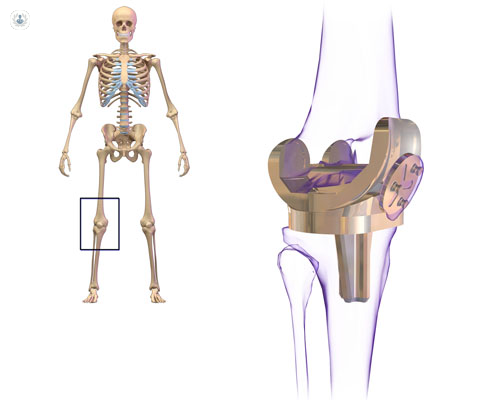All about painful knee replacements and revision knee replacement
Written in association with:Knee replacement surgery is often life-changing, offering relief from debilitating pain and restoring mobility. However, some patients experience persistent discomfort or complications following the procedure. Understanding the causes of a painful knee replacement and the role of revision knee surgery can help individuals seek appropriate care and improve outcomes.

Causes of pain in knee replacements
Persistent pain after knee replacement can arise from several sources. Infection is a rare but serious cause, often accompanied by swelling, redness, or fever. Mechanical issues, such as implant misalignment or loosening, may also contribute to discomfort.
Additionally, soft tissue problems, scar tissue, or underlying conditions like arthritis in nearby joints can exacerbate pain. In some cases, no clear cause is identified, which can make management challenging.
It’s crucial for individuals experiencing pain to consult their surgeon for a comprehensive evaluation. Diagnostic tools like imaging studies, blood tests, and joint fluid analysis can help pinpoint the root cause.
What is a revision knee replacement?
Revision knee replacement involves replacing or repairing a previously implanted artificial knee joint. This surgery is more complex than the initial procedure, as it requires careful removal of the old implant, assessment of bone and tissue quality, and placement of a new implant. Revision surgery may be partial or total, depending on the extent of the issue.
When is revision surgery needed?
Revision knee replacement is typically considered for cases involving severe pain, implant failure, infection, or stiffness that impairs mobility. The decision to undergo revision surgery is made after weighing the risks and benefits and confirming the underlying problem through detailed assessments.
Improving outcomes
While revision surgery carries a higher risk than primary knee replacement due to its complexity, advances in surgical techniques and materials have improved outcomes. Rehabilitation is vital to recovery, involving physical therapy, pain management, and lifestyle modifications.
For those living with a painful knee replacement, seeking expert care and understanding treatment options, including revision surgery, can pave the way to better mobility, reduced pain, and an enhanced quality of life.


